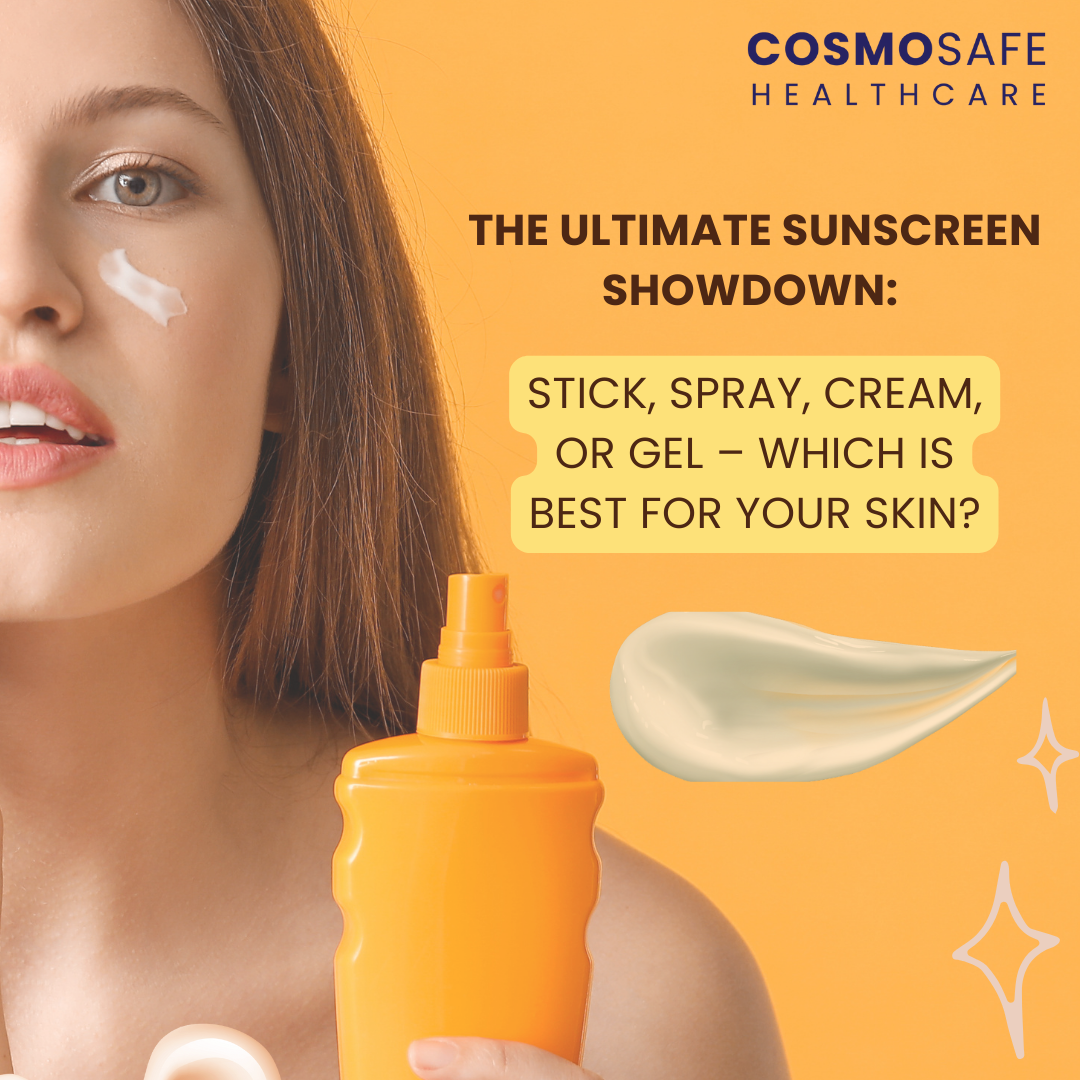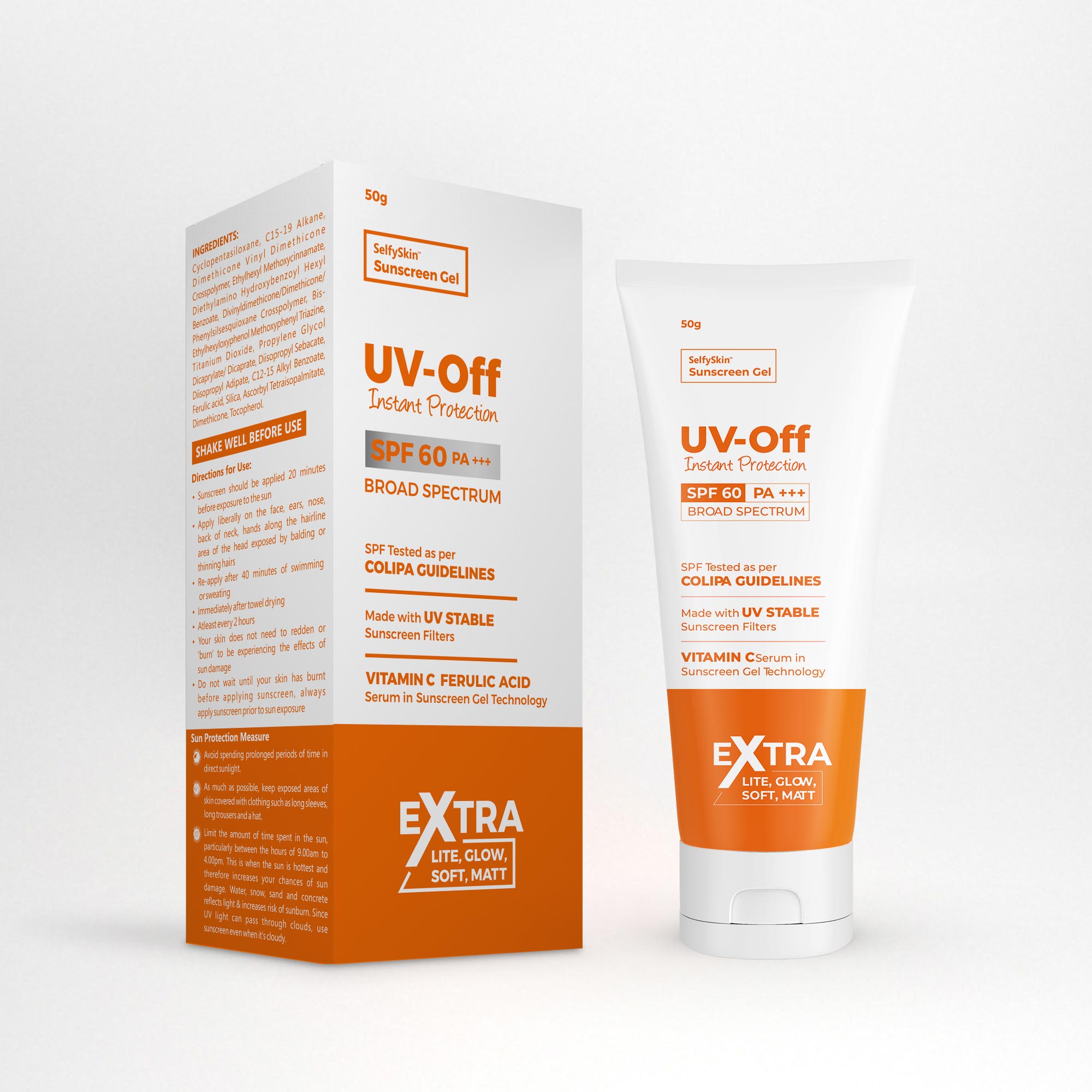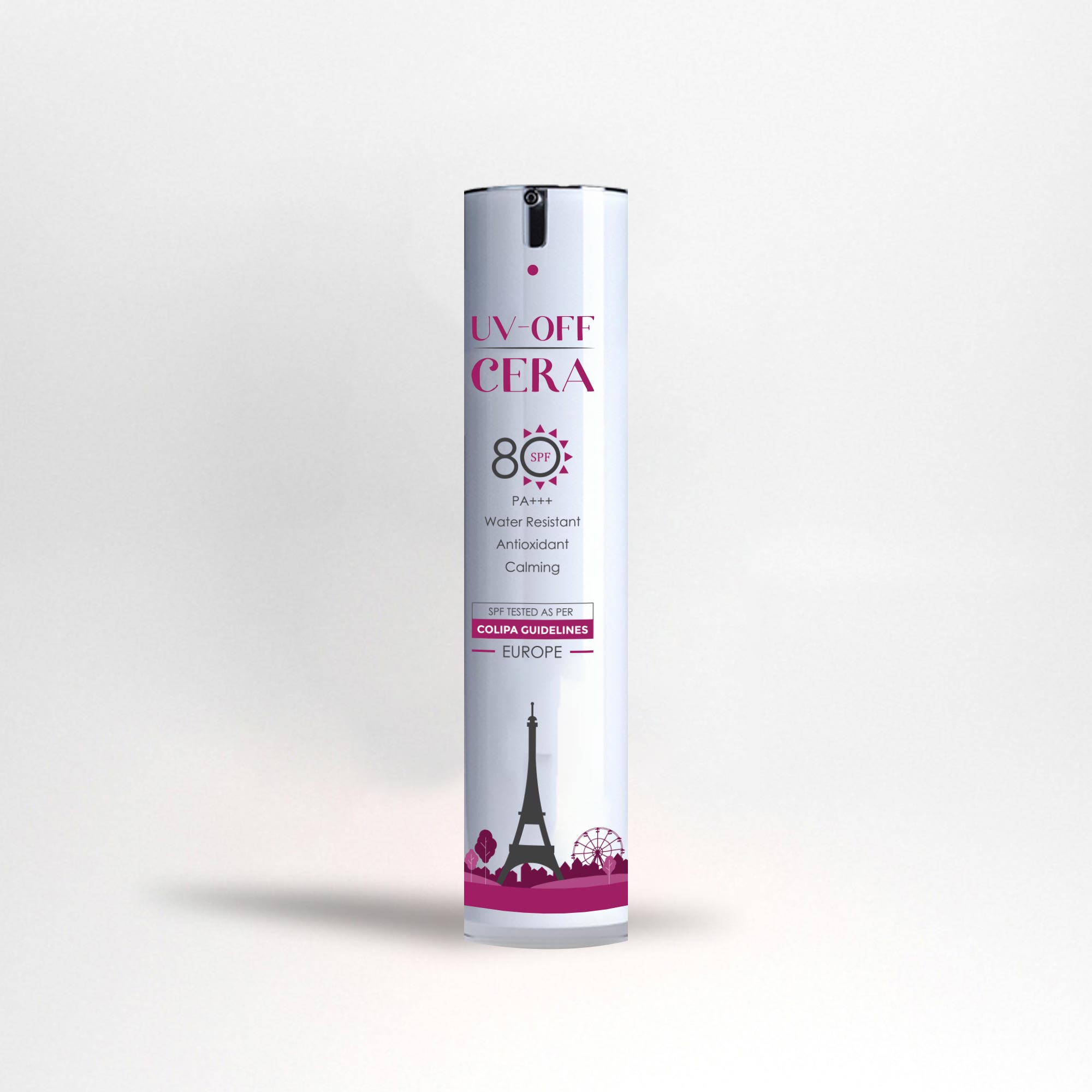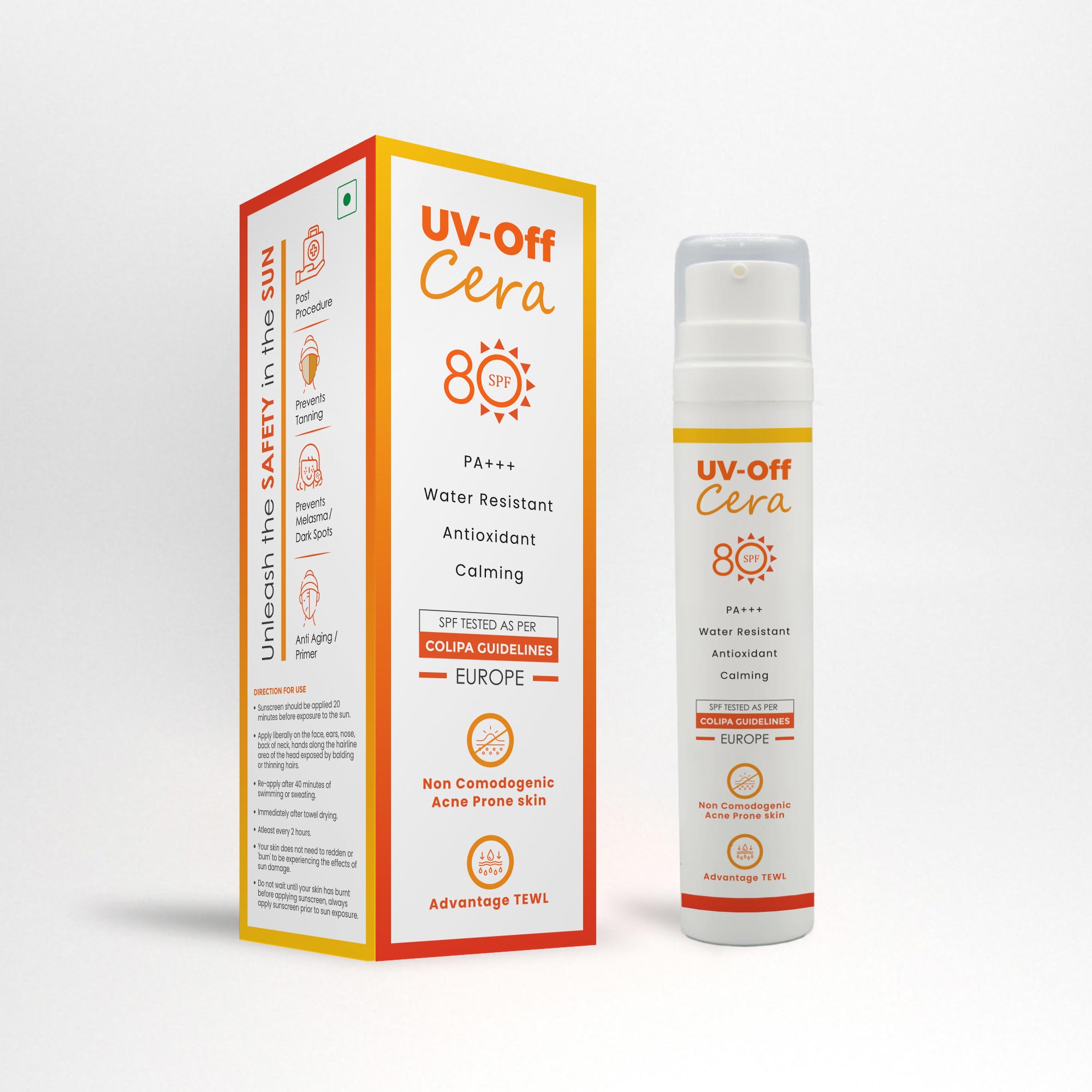The Sunscreen Dilemma: Finding the Right Fit for Your Skin
Imagine a perfect day: the sun shining brightly, the breeze keeping you cool, and you’re out enjoying your favorite outdoor activities. But wait—before you head out, there’s one essential step you can’t skip: sunscreen. Whether you’re lounging by the pool, hiking through nature, or simply running errands, sunscreen is your first line of defense against harmful UV rays.
However, the sunscreen market is vast, with countless options designed for every lifestyle. Should you go with a sunscreen stick, spray, cream, or gel? With so many choices, it can be difficult to know which product will provide the best protection for your skin.
In this blog post, we’ll take you on a journey through the different types of sunscreens available, explaining how each works and how to choose the right one for your skin. Whether you’re after the convenience of a sunscreen spray or the intense hydration of a sunscreen cream, we’ll break it all down so you can confidently protect your skin from the sun
Understanding UV Protection: Why Sunscreen is Non-Negotiable
First things first—why is sunscreen so crucial? UV rays from the sun come in two types: UVA and UVB. Both can cause harm to your skin, from premature aging to sunburn, and even skin cancer. UVA rays penetrate deeply into the skin, leading to wrinkles, pigmentation, and sagging, while UVB rays primarily cause sunburns.
To keep your skin healthy, opt for a broad-spectrum sunscreen, which protects against both types of UV radiation. Sunscreens are labeled with their SPF (Sun Protection Factor), which measures the level of protection against UVB rays. Additionally, the PA+++ rating indicates the level of protection from UVA rays.
For example, UV Off Cera SPF 80 Gel and UV Off Sunscreen SPF 60 PA+++ Cream are both high-quality sunscreens that provide superior protection. With SPF 80, the gel sunscreen offers a higher level of UVB defense, while the cream provides broad-spectrum protection with an impressive PA+++ rating, ensuring a barrier against UVA rays as well.
Sunscreen Sticks: Precision and Portability
If you’re on the go and need a quick, precise application, sunscreen sticks are your best friend. These compact, mess-free options are perfect for travel, and they allow you to apply sunscreen exactly where you need it. Whether you’re touching up your face, ears, or neck, a sunscreen stick offers a controlled, easy-to-apply layer of protection.
One of the key benefits of sunscreen sticks is their portability. They’re small enough to fit into your pocket, purse, or backpack, making them ideal for busy days. However, it’s important to make sure you’re applying a generous amount to ensure full coverage. A thin layer won’t protect you adequately, so don’t rush through the application!
Sunscreen Sprays: Quick and Easy, But Not Without Caution
Sunscreen sprays are beloved for their ease of application, especially on large areas of the body like your arms and legs. Simply spray it on, and you’re done—no rubbing required. However, the spray formula has a few pitfalls to keep in mind. First, ensure that the spray is applied evenly and in sufficient quantity. Many people underestimate how much product they need, leaving areas of the skin vulnerable to UV damage.
Sunscreen sprays are also prone to being blown away in the wind, making them less effective if you’re outdoors on a breezy day. Always rub the spray in after applying it to ensure even coverage. And don’t forget about hard-to-reach areas like the back of your knees or neck.
Sunscreen Creams: The Tried-and-True Protector
Sunscreen creams have been around for decades and for good reason: they offer reliable, consistent protection. Ideal for dry skin, sunscreen creams are thicker than gels or sprays, providing a moisturizing layer as they shield your skin from UV rays. They are especially beneficial for those who need extra hydration, as they often contain added skin-loving ingredients.
For maximum UV protection, creams like UV Off Sunscreen SPF 60 PA+++ provide an excellent defense against both UVA and UVB rays. While they may feel heavier on the skin, they also offer long-lasting hydration and a protective barrier that stays intact even in the heat. Plus, creams tend to be more effective when you need a broad, even layer of protection.
Sunscreen Gels: Lightweight, Fast-Absorbing Protection
If you’re someone who prefers a light, non-greasy sunscreen that absorbs quickly, sunscreen gels might be the perfect choice for you. Sunscreen gels are typically formulated with water-based ingredients, making them a great option for oily or acne-prone skin. They provide broad-spectrum UV protection without leaving behind a sticky residue.
The UV Off Cera SPF 80 Gel is a great example of a high-SPF gel that offers both lightweight texture and long-lasting protection. Gels are perfect for humid climates or for people who want a smooth, matte finish without the heaviness of a cream. Their fast-absorbing formula ensures that you won’t have to wait long before heading out into the sun.
Choosing the Right Sunscreen for Your Skin
Now that we’ve broken down the different types of sunscreens, it’s time to figure out which one is best for you. Consider the following factors when choosing your sunscreen:
- For Dry Skin: A sunscreen cream like UV Off Sunscreen SPF 60 PA+++ provides extra moisture while protecting your skin from UV damage.
- For Oily or Acne-Prone Skin: Sunscreen gels, such as UV Off Cera SPF 80 Gel, are lightweight and won’t clog pores, offering the protection you need without the greasy feel.
- For On-the-Go: Sunscreen sticks are the most portable and easy-to-apply option, ideal for quick reapplications during the day.
- For Active Lifestyles: Sunscreen sprays are great for large areas and quick applications, but make sure to rub them in and reapply often for the best coverage.
How to Apply Sunscreen for Maximum Protection
No matter which sunscreen type you choose, the key is to apply it properly. Here’s how to ensure maximum protection:
- Use Enough Sunscreen: A typical recommendation is to apply about a shot glass worth of sunscreen to cover your body, and a nickel-sized amount for your face. The three-finger rule is often recommended for the face.
- Apply Before Sun Exposure: Give your sunscreen time to absorb into your skin by applying it 15-30 minutes before going outside.
- Reapply Every Two Hours: Sunscreen wears off over time, especially if you’ve been sweating or swimming. Reapply every two hours to maintain protection.
Layering Sunscreen with Other Skincare Products
If you’re following a skincare routine, it’s important to layer your sunscreen correctly. Start with your moisturizer to hydrate your skin, and allow it to absorb fully. After that, apply your sunscreen to create a protective barrier. Remember, sunscreen should always be the last step in your skincare routine to ensure it stays intact.
Conclusion: Protect Your Skin, Embrace the Sun
As you navigate through the different types of sunscreens available, one thing remains clear: sunscreen is essential for maintaining healthy, youthful skin. Whether you choose a sunscreen stick, spray, cream, or gel, make sure you’re applying it consistently and generously for maximum protection.
Cosmosafe Healthcare Pvt Ltd offers products like UV Off Cera SPF 80 Gel and UV Off Sunscreen SPF 60 PA+++ Cream offer high-quality UV protection that your skin will thank you for. So, the next time you step into the sunlight, be confident in your skin’s defense against harmful UV rays. Your skin’s health is worth every layer of protection you give it.
Stay safe, stay protected, and embrace the outdoors with the right sunscreen!
Final Thought: Sunscreen isn’t just for sunny days. Make it a part of your daily routine, and your skin will thank you for years to come. Protect today, glow tomorrow!




